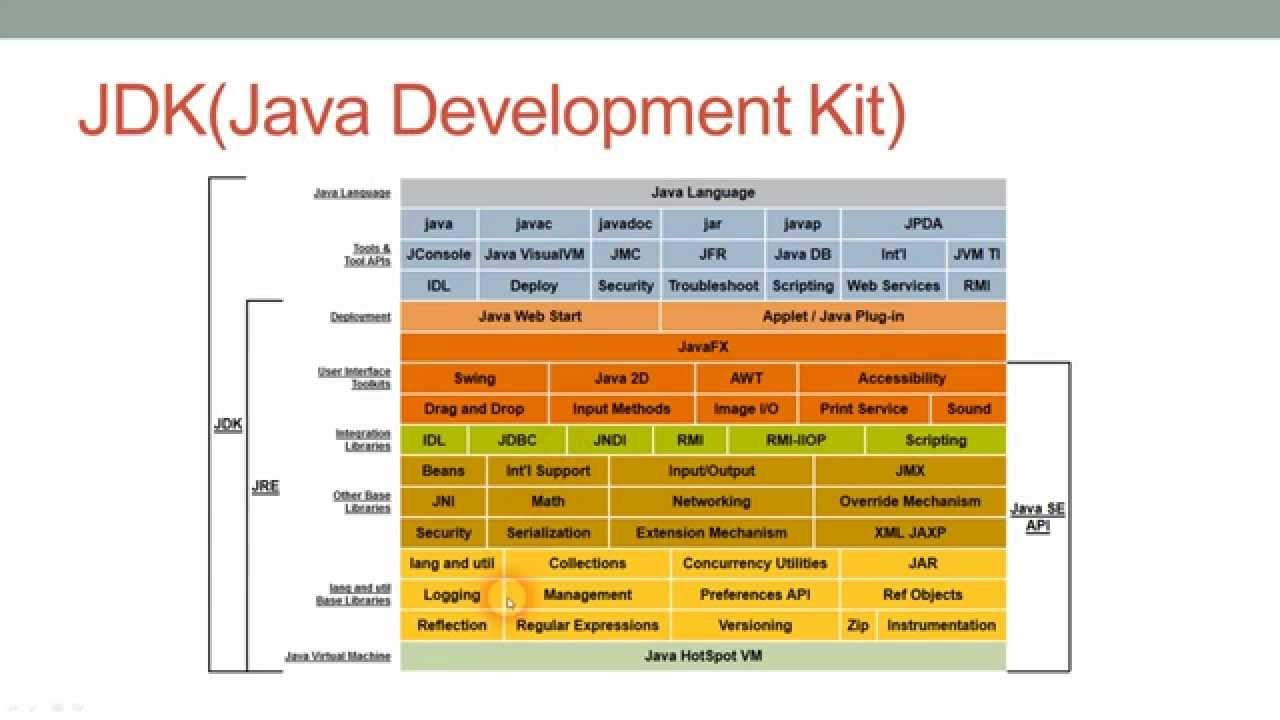Java Presentation
| Introduction to Java | ||
|---|---|---|
| Java is a high-level programming language developed by Sun Microsystems. It is known for its platform independence, allowing programs to run on any operating system. Java is widely used for developing web and mobile applications. | ||
| 1 | ||
| Key Features of Java | ||
|---|---|---|
| Object-oriented: Java follows the object-oriented programming paradigm, which allows for modular and reusable code. Platform independence: Java programs are compiled into byte code that can run on any Java Virtual Machine (JVM). Automatic memory management: Java uses a garbage collector to automatically handle memory allocation and deallocation. | ||
| 2 | ||
| Java Virtual Machine (JVM) | ||
|---|---|---|
| JVM is an integral part of the Java platform, responsible for executing Java programs. It provides a layer of abstraction between the Java code and the underlying hardware. JVM enables the portability of Java programs by interpreting the byte code and optimizing it for the specific hardware. | ||
| 3 | ||
| Java Development Kit (JDK) | ||
|---|---|---|
| JDK is a software development kit provided by Oracle Corporation for developing Java applications. It includes the Java compiler (javac), runtime environment (JRE), and various libraries and tools. JDK is essential for writing, compiling, and executing Java programs. | ||
| 4 | ||
| Java Libraries and Frameworks | ||
|---|---|---|
| Java Standard Library: Provides a wide range of pre-built classes and APIs for common programming tasks. Java Enterprise Edition (Java EE): A set of specifications and APIs for building enterprise-level applications. Popular Java frameworks include Spring, Hibernate, and Apache Struts, which simplify application development. | ||
| 5 | ||
| Java Development Tools | ||
|---|---|---|
| Integrated Development Environments (IDEs): IDEs like Eclipse, IntelliJ IDEA, and NetBeans provide comprehensive tools for Java development. Build Automation Tools: Tools like Apache Maven and Gradle automate the build process, managing dependencies and compiling Java code. Testing Frameworks: Tools like JUnit and TestNG help in writing and executing automated tests for Java applications. | ||
| 6 | ||
| Conclusion | ||
|---|---|---|
| Java is a versatile programming language widely used for developing various applications. Its key features such as platform independence and automatic memory management make it popular among developers. With a vast ecosystem of libraries, frameworks, and development tools, Java offers a robust platform for building scalable and reliable applications. | ||
| 7 | ||






